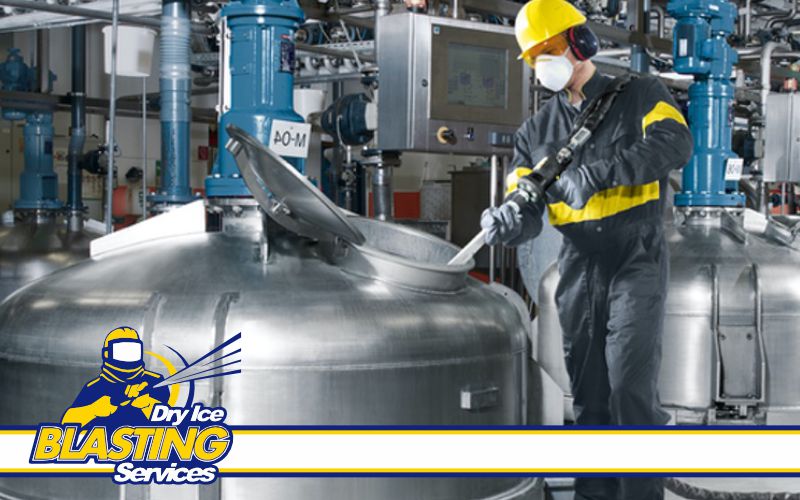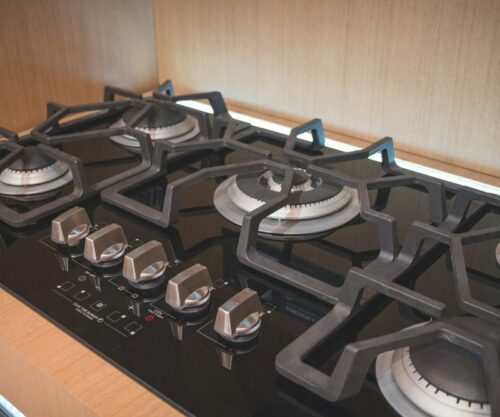
Dry ice blast cleaning, a cleaning method using solid carbon dioxide (CO₂) 3mm dry ice pellets, has gained a lot of attention in recent years. Despite its proven effectiveness, several myths persist about its use and efficiency. Here, we take a closer look at these myths to reveal the truth about dry ice blast cleaning.
Myth 1: Dry Ice Blast Cleaning is Hazardous
One common misconception is that dry ice blast cleaning also known as dry ice blasting is dangerous due to the use of CO₂. While it’s true that CO₂ can be harmful in high concentrations, dry ice blast cleaning is safe when proper precautions are taken.
The CO₂ used in the process sublimates into gas and disperses quickly, leaving no harmful residues. Operators are trained to work in well-ventilated areas and use appropriate safety gear, resulting in a safe environment.
Myth 2: Dry Ice Blast Cleaning is Expensive
Many believe that dry ice blast cleaning is cost-prohibitive compared to traditional cleaning methods. However, this myth doesn’t consider the long-term savings dry ice blast cleaning can provide.
Traditional cleaning often requires significant downtime, extensive labour, and the use of chemicals that can damage equipment. Dry ice blast cleaning, on the other hand, is a non-abrasive, non-conductive, and environmentally friendly process that minimizes downtime and reduces labour costs.
It also prolongs the life of equipment by avoiding harsh chemicals and abrasive methods, ultimately proving more cost-effective.
Myth 3: Dry Ice Blast Cleaning is Ineffective on Tough Contaminants
Some sceptics argue that dry ice blast cleaning cannot handle tough contaminants. This is far from the truth. Dry ice blast cleaning is highly effective at removing stubborn residues, including grease, oil, adhesives, top surface rust, and even weld spatter.
The extreme cold of the dry ice pellets creates thermal shock, making contaminants brittle and easier to remove. The kinetic energy from the pellets hitting the surface dislodges contaminants, while the gas expansion from sublimation lifts the debris away. This trifecta results in thorough cleaning, even in hard-to-reach areas.
Myth 4: Dry Ice Blast Cleaning Damages Surfaces
Concerns about surface damage often deter potential users. However, dry ice blast cleaning is a non-abrasive cleaning method, meaning it does not scratch or erode surfaces.
Unlike sandblasting or other abrasive techniques, dry ice pellets sublimate upon contact, leaving the underlying material unharmed. This makes dry ice blast cleaning ideal for delicate surfaces and precision equipment, such as electrical components and intricate machinery.
Myth 5: Dry Ice Blast Cleaning Leaves Residues
Another myth is that dry ice blast cleaning leaves behind a mess. In reality, the process leaves no secondary waste. The CO₂ pellets sublimates on impact, turning directly from a solid to a gas, and leaving no residue.
This eliminates the need for additional cleaning and disposal of secondary waste, making the process efficient and environmentally friendly. Any dislodged contaminants are simply swept or vacuumed away, simplifying post-cleaning procedures.
Revealing the Cleaning Power of Dry Ice Blast Cleaning
Dry ice blast cleaning is popular for its versatility and effectiveness across various industries, from automotive, printing and packaging, injection moulding, foundries, power generation, and electrical industries such as substations to food processing facilities. It cleans without water, chemicals, or solvents, reducing environmental impact and avoiding water damage or chemical corrosion.
Dry ice blast cleaning also excels in areas where traditional cleaning methods fall short. It reaches crevices and complex geometries for a thorough clean.
It’s ideal for sanitizing surfaces in food processing plants without risking contamination from cleaning agents.
In conclusion, dry ice blast cleaning is a powerful, versatile, and environmentally friendly cleaning method. By debunking these myths, we can appreciate its true potential and efficiency, making it a valuable tool in various cleaning and maintenance applications.




